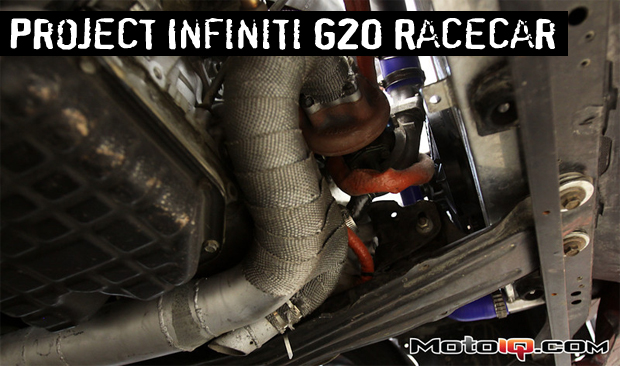,
After getting all of the hardware out of the way, we headed down to JWT for some dyno tuning. JWT offers specialized tuning services by appointment only, and can manipulate the maps on your JWT ECU to accomplish whatever your goals may be. Before heading down, make sure your car is quiet, or can at least hook up to a set up like this to keep the noise down.
 |
| Gotta love it when the NIMBY folks move in next to an existing industrial complex, then complain about noise. |
As I mentioned earlier, any old chimpanzee can get 200whp out of a T25 setup like ours without trying very hard. As it turns out, we're not monkeys. Hell, we're not even the missing link. Our trusty old junkyard engine, despite hundreds of race hours on it, belted out a manly 234hp and 225lb-ft of torque at the wheels. At only 7psi of boost.
 |
Rut-roh. My only guess at the healthiness of our dyno plot is that the divorced wastegate downpipe made a lot of power. At that power level, our car would have to weigh a portly 2808lbs. Since we weren't fans of sticking 358lbs of ballast in the car, JWT's Clark Steppler worked his magic on our maps to try to limit power. Clark also noticed a little pinging during the warm up for the dyno run, so he addressed that as well. In the meantime, we moved the boost reference line from the intake manifold to the compressor outlet to drop boost levels down to 6psi. With the reduced boost, and a lot of adjustment in the maps (we're running about a 10:1 A:F ratio and only 13° of total spark advance after 5600rpm), we finally got it down to power levels that wouldn't require us to race a pig.
 |
| The solid line is before dyno tuning. The dotted line is after Clark at JWT worked his magic. |
At 210whp, we will need to weigh in at 2520lbs, which is entirely liveable, and we'll ballast up to 2550lbs to ensure a little fudge factor. Never before has Clark worked so hard to make less power, but we're very happy with the results. The final powerband is almost completely flat from 5500rpm up, and clears 200whp just past 5000rpm. The flat top-end power, combined with the big torque numbers in the midrange, means we've certainly cut down on the number of shifts we'll need to perform on the track. In fact, the car will probably never need to downshift to 2nd gear on the track at all.
Comparing our dyno charts to Mike's C6M-cammed Dog Car I, the turbo advantage is plain to see.
 |
| Dog I represented by a solid line, Project G20 represented by a dotted line. |
Our car has a powerband that starts much sooner, and stays near the power peak longer. At the LVMS event, this made the car extremely easy to drive from a tractability standpoint. While the added torque did take some getting used to (I did a lot of rolling burnouts in the first couple of laps), the torque advantage was immediately apparent. At no place on the track did the engine fail to make power, and the car leapt out of corners with authority. The wide powerband meant I could cut out a lot of unnecessary shifting on the track, and the car would even experience wheelspin in 3rd gear when everyone else was wide-open in 2nd. One downside to the turbo fun is that our car isn't as rev-happy as a normally-aspirated screamer. Looking at the dyno chart, you'll see that the Dog I makes power all the way to 8000rpm, where our car falls flat beyond 7000rpm. This may be an advantage at some tracks, but since we can either short shift the car and still make plenty of power, or rev to 7750rpm (where the JWT ECU's rev limiter hits) if we need to hang onto a gear, we don't think it will lose us any noticeable amount of time out on the track.


